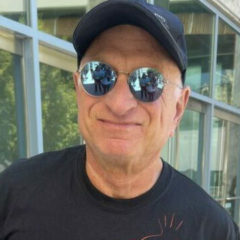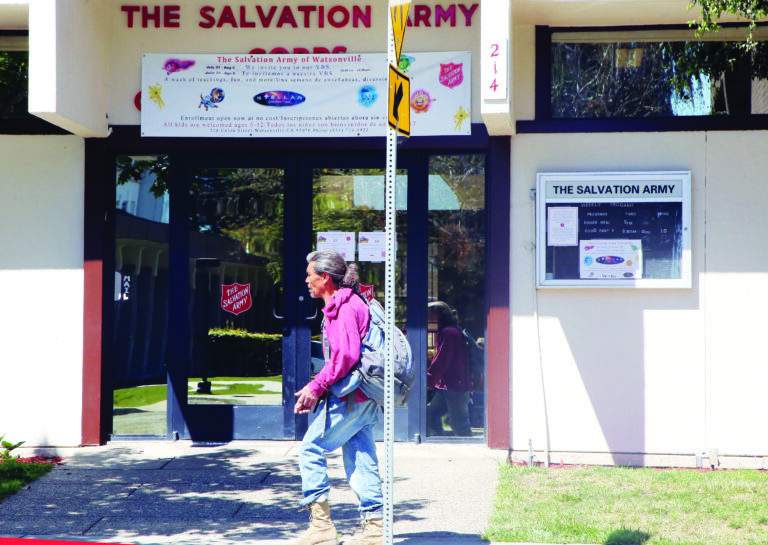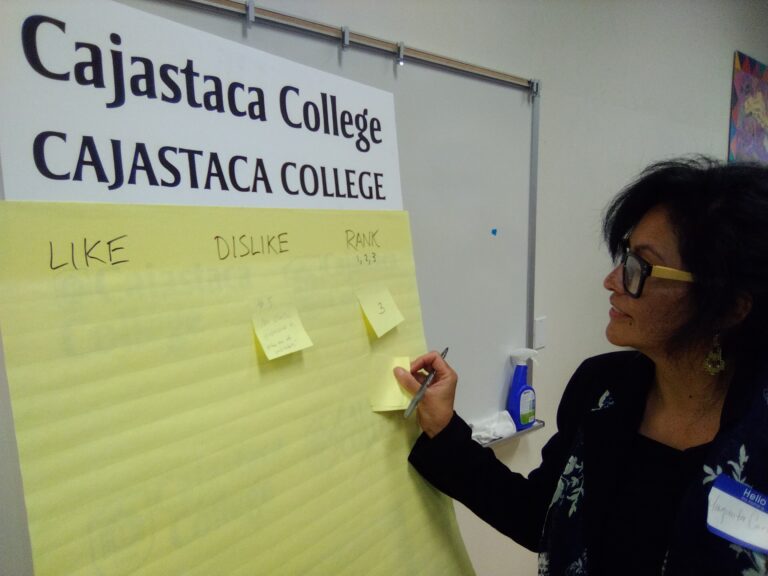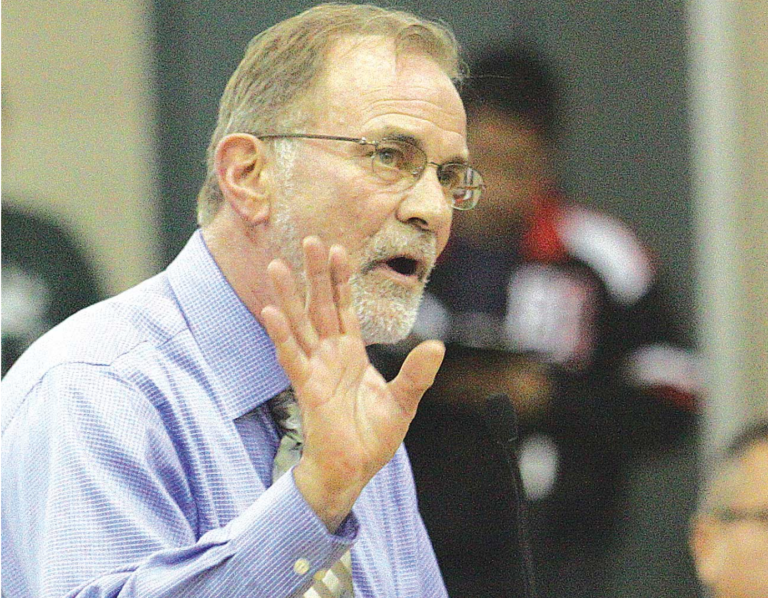Choosing a new name for Cabrillo College may prove more difficult than expected, following an emotional community meeting in Watsonville.
Aug. 7 marks the deadline to select a new name for the college after complaints about Juan Rodriguez Cabrillo—a conquistador and exploiter of Native American forced labor.
But at a Cabrillo College Board of Trustees meeting on Monday evening, some trustees raised concerns over the grim fundraising outlook.
According to Trustee Rachael Spencer, the school’s donation campaign had raised $2,500 as of Monday: the name change is expected to cost up to $600,000. With only four weeks until the deadline for picking a new name for the school, trustees shared doubts about moving forward without all the funding secured.
Winning popular support for the new name is also proving a challenge, one with racial undercurrents.
One of five names, Aptos College, Cajastaca College, Costa Vista College, Seacliff College or Santa Cruz Coast College, will be the college’s new name.
Racial Tensions
Achieving a consensus suddenly seemed more difficult at a public discussion held on the Watsonville campus in June. Some 30 community members attended the gathering, hosted by Cabrillo president Matt Wetstein, and Trustees Adam Spickler and Christina Cuevas.
Wetstein presented the naming committee’s five names and attendees were asked to rate their most and least favorites of the five choices.
The first participants were in favor of the name Aptos, citing its Native American roots and translation as “the people.”
As the fourth speaker shared his thoughts, a previously unheard but deeply felt opinion emerged: that the name Aptos is associated with “affluence and racism toward Watsonville.” Speaker after speaker explained how the name Aptos has come to symbolize privilege and exclusion, despite its origins in indigenous language and culture.
A former student of Rolling Hills Middle School admitted that the name conjured feelings of “divisiveness” while reluctantly accepting Aptos as a potential second choice.
Andrea Ponce, 22, a Watsonville native and Cabrillo student, was the youngest person in attendance. Though thankful for the renaming committees’ hard work, she admitted to being “not too thrilled with the outcome.”
Ponce was the most specific in voicing her opposition to Aptos as a choice. She described her memories of Aptos High as a time when her friends segregated themselves to feel comfortable, and where, if you played Latin music, Anglo students would look at you “like you’re weird.”
“The last thing I want,” she said, “is the segregation in any of these three names, Aptos, Santa Cruz, Seacliff.”
Seacliff College was also rejected as representing an affluent enclave.
Cajastaca quickly emerged as the most popular name, despite a debate over how it might be spelled differently to make its proper pronunciation, caya-stah-kah, easier to interpret. Its translation as “place of the jackrabbits” was also called into question.
Costa Vista College received some praise as a Spanish language choice, with criticism that the name is too “Spanglish” refuted by a language teacher in attendance.
Santa Cruz Coast College was universally disliked for its association to the missions, judged by most as tied to colonial oppression and as undesirable as the name Cabrillo.
Chasing the Money
The monetary cost of a new name is one of the biggest criticisms that those opposed to the renaming point to. The Trustees responded with a pledge that the renaming will be paid for by grants and donations, but the amount needed will be high.
A report by the Cabrillo College Name Exploration Subcommittee in 2022 stated that costs associated with a name change could range from $400,000 to $600,000, based on discussions with CEOs from other community colleges.
It’s not just the cost of the college’s signs: the report included the estimated cost of new business cards for 500 existing employees—$25,000. Replacing marketing brochures and other items requiring new names and logos might cost much as $100,000.
Items that the college would normally replace during annual operations are already budgeted and paid for, further reducing costs.
Recent estimates fall within a range of $400,000 to $600,000, and steps to reduce cost include the possibility of having signs 3D-printed in Cabrillo’s Makerspace lab by students and teachers.
Trusting Democracy
The Board of Trustees chose the renaming committee from a pool of volunteers. They stressed diversity in demographics, talents and opinions. Included were participants in the original name-change petition, as well as some who were firmly against the change.
Trustee Adam Spickler said the board consulted with Native American leaders in the local tribal community and indigenous scholars about the renaming options.
Still, consensus remains elusive.
Spickler described the democratic nature of the committee’s process as essential, yet problematic.
“That’s why those names are on the list,” Spickler said. “After a lot of discussion, the task force voted and those names got a majority of the votes.”
He said the unintended harm in the original choice of Cabrillo needs to be remembered going forward.
“Sometimes what the majority wants isn’t really what’s healthiest or best, and we don’t really understand the harm caused until afterwards,” Spickler said.
Understanding that harm was the reason the Trustees rejected keeping the name Cabrillo.
“It’s important to understand the potential for systemic racism in the practice of naming,” said Spickler. “You can’t simply turn to a person of color, harmed historically by colonialism and violence against their people, and say, ‘don’t worry, we don’t mean the person that oppressed you, we mean something different.’”
The new name will become official in July 2024.
The next public forum to discuss a new name for Cabrillo College will be held at 6pm, July 12 at the Felton Library, 6121 Gushee St., Felton.






























